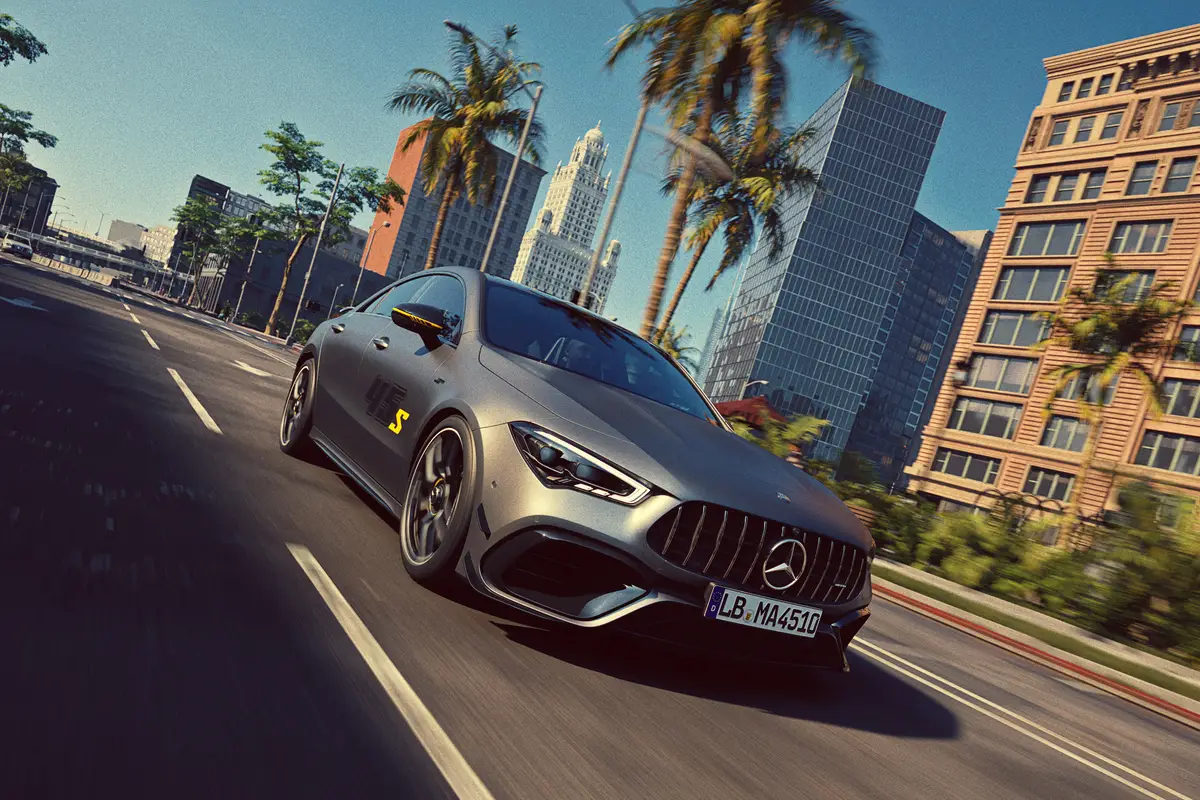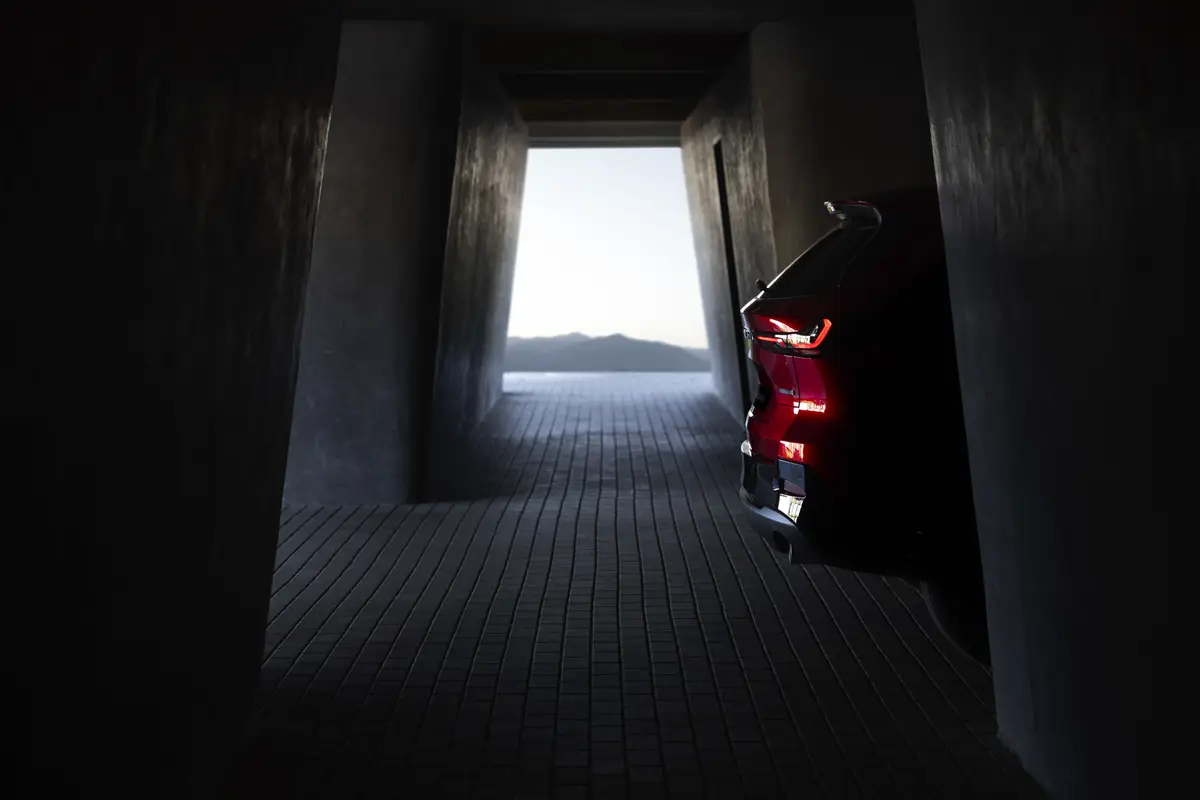Star-Telegram.com's view
Looking for a compact sedan that offers excellent fuel economy? You’re not alone.
Sales of smaller, more fuel-efficient cars are booming as gasoline once again spikes to record high prices.
That’s leading some consumers to give up sport utilities, pickups and even larger sedans in favor of lighter vehicles that can wring a few more miles out of a gallon of $3 gas.
With many of the small cars on the market today, you’ll have to trade roominess and comfort for that additional fuel economy, something many of us aren’t quite ready to do.
But with the newest generation of Nissan’s popular Sentra sedan, you’ll find midsize sedan comfort in a small-car package that offers outstanding mileage – EPA ratings of up to 29 miles per gallon in the city and 36 on the highway.
The popular Sentra entered its sixth generation for 2007, and while the car is now bigger and more powerful than ever, Nissan was able to keep it just as economical to operate as before.
It’s still marketed as a compact, but the Sentra’s cabin is as roomy as some fairly recent versions of best-selling midsize sedans.
And it’s not just inexpensive to operate; it’s also bargain-priced. The base price is $14,750 (plus $615 freight), which is several thousand dollars less than you would pay for a similarly equipped midsize sedan such as a Toyota Camry or Honda Accord.
And while the three standard models, with a 140-horsepower, 2.0-liter inline four-cylinder engine, offer the best fuel economy, Nissan in March added two performance variants to the mix.
They are the SE-R, with a 177-horsepower, normally aspirated 2.5-liter inline four-cylinder, which we tested; and the top-of-the-line SE-R Spec V, with a high-output version of this engine that puts out 200 horsepower.
The Sentra is a car that has a well-established reputation in the U.S. market as a reliable and economic vehicle for singles, young families and even empty-nesters. The SE-R models, though, are designed for those who want a little more than basic transportation – especially those who enjoy the tuner-car experience.
Nissan introduced the Sentra in 1982, and it is the company’s second-best-selling model, behind the midsize Altima. In its first 25 years here, its sales have totaled nearly 4 million.
This newest version has been designed and will be sold in North America only, and features styling and amenities that have been tailored specifically to the tastes of Americans, Nissan says.
Designed on Renault-Nissan’s new global C-class car platform, first used last year for the Renault Megane sedan in Europe and other markets, the new Sentra is assembled in Aguascalientes, Mexico. The new Sentra’s styling is a product of Nissan Design America in San Diego, the automaker’s North American studio.
With last fall’s introduction of the Versa as Nissan’s entry-level car for first-time buyers or consumers on a tight budget, the automaker has moved the Sentra upscale.
For many buyers, this might be the second new-vehicle purchase, rather than the first as previous generations of the Sentra have been.
The car’s bolder design brings it in line with the cutting-edge styling we’ve seen from other Nissan vehicles such as the Quest minivan, Altima, Murano and, of course, the 350Z.
Design cues include a longer wheelbase, which allows for a roomier interior; short front and rear overhangs; larger door openings for easier entry and exit; and what Nissan called “crisp character lines.”
The car is 2.3 inches longer and has a wheelbase 5.9 inches longer than the 2006 model, and it’s 3.2 inches wider and four inches taller.
Although classified a compact, the car is almost midsize, judging by interior volume. It has 9.2 cubic feet more interior space than the 2006 model.
The 2007 Sentra is aimed specifically at the so-called echo boomer generation – people born from 1977 to 1996 whose oldest members turn 30 this year. Previously, the car was directed at women in their 40s.
The Sentra remains available only in sedan form, however, even though some echo boomers seem to like the versatility of hatchbacks more than the conventional sedan design.
Nissan has the Versa for those who want hatchbacks, the company said. Hatchbacks have never been as popular in this market as they have in the rest of the world. In Europe, they easily outnumber sedans.
Even at the base price, the new Sentra comes well-equipped.
Standard on all models are power windows and door locks, air conditioning, front seat-mounted side air bags, and side-curtain air bags for both rows of seats.
An innovative feature is a panel that creates a hidden trunk storage compartment for valuables. The removable divider, which can be stored out of the way on the trunk floor when not in use, can be raised into a vertical position to create separate trunk compartments.
Other features include a 60/40 double-folding rear seat with a fold-flat seat back to help extend the trunk into the passenger area for bulky cargo. This at least gives the car some of the functionality of a hatchback, although without the large rear opening of a hatchback that could accommodate bulky cargo such as a box containing a high-definition TV.
Also included are an eight-disc CD holder over the driver’s sun visor, storage pockets on the rear of the front seats for rear passengers’ cell phones and MP3 players, a center rear armrest with cup holders that can hold 32-ounce drink cups, instrument-panel storage next to the driver’s door, and a lighted, locking glove box that is large enough to hold a notebook computer or a large map book. Under the hood of the basic models is the new 2.0-liter four-cylinder, rated at 140 horsepower and 147 foot-pounds of torque, up from the 2006 base model’s 126 horsepower.
Standard is a six-speed manual transmission; but optional is Nissan’s Xtronic continuously variable transmission or CVT, which has no discernible shift points. That’s the transmission that was included on our test car.
The CVT provides the best fuel economy. The ratings for the manual are 28 mpg city/34 highway. But Nissan expects 90 percent of buyers to choose the automatic.
The Sentra comes in five trim levels, with the 2.0-liter engine standard in the first three.
For the $14,750 price, you get the base Sentra 2.0 model with the manual gearbox; with the CVT, the price is $15,550. Included in this price is a four-speaker AM/FM/compact-disc stereo.
The midlevel model is the 2.0 S, beginning at $15,650 with the manual gearbox and $16,450 with the CVT. Included are 16-inch wheels and tires, remote keyless entry, and an upgraded AM/FM/CD system with six speakers.
Next is the 2.0 SL, priced at $18,400. It comes with a list of extras that turns it into a premium sedan that rivals some cars that fetch $25,000 or more. Included are leather seats, 16-inch alloy wheels, antilock brakes, Intelligent Key keyless entry and ignition, and a Bluetooth hand-free phone system. The CVT is standard with this model, as well.
Our test car was the SE-R, which comes with the 177-horsepower engine and the CVT. It’s priced at $19,400 (plus freight).
Surprisingly, fuel economy is still quite respectable with this engine, which is EPA rated at 27 city/33 highway.
The top model, the SE-R Spec V, starts at $19,800. It comes only with a six-speed manual gearbox. Even with this one, the mileage ratings are noteworthy, at 24 city/31 highway. To get the best performance, though, premium fuel is recommended. The other models, including the SE-R, are designed for regular fuel.
Although our test car didn’t have the top engine, the 177 horsepower made this quite a fun car to drive.
Our vehicle came with several options. They included a Rockford Fosgate 340-watt premium audio system ($750), with a six-disc CD changer; sunroof package ($750), which also added dual illuminated vanity mirrors; a rear spoiler ($210); Intelligent Key keyless entry and start ($250); XM satellite radio ($300); and floor/trunk mats ($165).
Total sticker was $22,230 (including freight).
G. Chambers Williams III is staff automotive columnist for the San Antonio Express-News and former transportation writer for the Star-Telegram. His automotive columns have appeared regularly in the Star-Telegram since 1995. Contact him at (210) 250-3236; chambers@star-telegram.com.
At a Glance: 2007 Nissan Sentra sedan
The package: Compact, four-door, four-cylinder, front-drive, five-passenger economy/performance sedan. Highlights: Redesigned for 2007, this is Nissan’s popular compact sedan. It’s surprisingly roomy and quite well equipped for an economy car. Two performance variants have been added to the mix, the SE-R and SE-R Spec V. Negatives: High-end models can get pricey with all the options. Engines: 2.0-liter, 2.5-liter, 2.5-liter high-output, inline four-cylinder. Transmission: Six-speed manual; continuously variable automatic. Power/torque: 140 HP/147 foot-pounds (2.0); 177 HP/172 foot-pounds (2.5); 200 HP/180 foot-pounds (2.5 high-output). Brakes, front/rear: Disc/drum, antilock optional, base models; disc/disc, antilock standard, SE-R models. Electronic stability control: Not offered. Side air bags: Front seat-mounted, side-curtain for front and rear, standard. Length: 179.8 inches (base models); 180.1 inches (SE-R models). Cargo capacity: 13.1 cubic feet (12.0 for Spec V). Curb weight: 2,897-3,102 pounds. Fuel capacity/type: 14.5 gallons/unleaded regular (except premium for SE-R Spec V). EPA fuel economy (2007 formula): 28 mpg city/34 highway (2.0, manual); 29/36 (2.0, CVT); 27/33 (SE-R); 24/31 (Spec V). Major competitors: Honda Civic, Chevrolet Cobalt, Toyota Corolla, Mazda 3, Hyundai Elantra, Kia Spectra, Mitsubishi Lancer, Volkswagen Jetta, Subaru Impreza, Suzuki Forenza. Base price range: $14,750-$19,800 plus $615 freight and options. Price as tested: $22,230 including freight and options (SE-R). On the Road rating: 9.2 (of a possible 10).
Latest news



